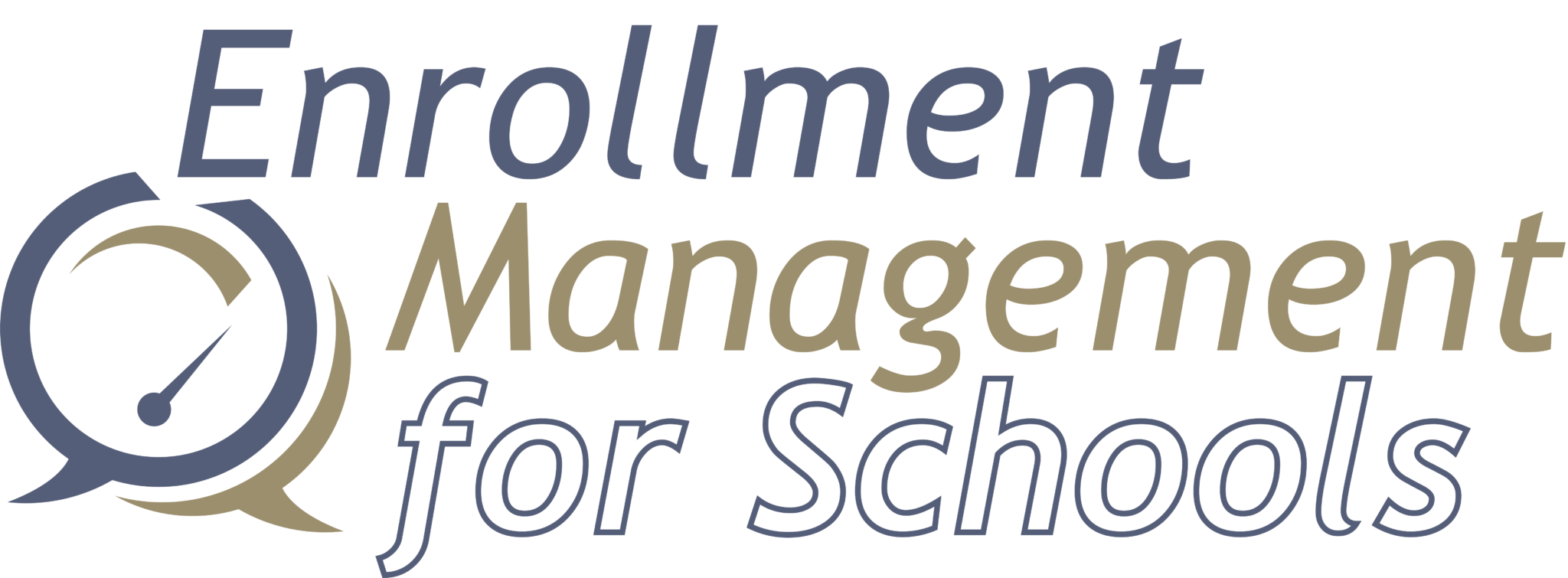Outside of the fact that the supply of full-pay families is shrinking, the number one problem in matriculating full-pay families is providing a consistently high quality educational experience for the vast majority of the school’s consumers. I am referring to the quality of the education according to the consumers – past and present enrolled students and their parents – not according to the school’s self-evaluation. Can you think of any product or service that is having great success in attracting customers, but has not been highly touted by its extremely satisfied customer?
What typically happens is that schools rely on very good to excellent ratings along with a low attrition to verify a high quality of education. This can be valid, but schools are charging a comparatively high tuition for their service, and the quality of education needs to reflect that price. Examine the chart below.
| Quality of Experience | Outstanding | Very Good | Fair | Marginal | Poor |
| School A | 39% | 48% | 10% | 2% | 1% |
| School B | 27% | 57% | 12% | 3% | 1% |
| School C | 72% | 15% | 8% | 4% | 1% |
Most school administrators would look at the numbers associated with Schools A and B and be quite pleased. After all, they received ratings of 87% and 84%, respectively, for very good to excellent. Many schools should be pleased with these numbers, but the high tuition and alternative sources of education make full-pay families think twice. Take a look at this table below:
| Consumer Cost | High | Medium | Low | Free |
| School D – Private | X | |||
| School E – Private | X | |||
| School F – Public | X |
It becomes difficult, except in the booming economy where supplies of full-pay families are more plentiful, to sell School A and B when they have the cost of School D. This position is exacerbated when a strong public school option is available to full-pay families. The pricing is akin to buying a very good car – Toyota Rav 4, but paying the price of a Lexus – RX450. The customer receiving the Lexus – RX450 (Outstanding Education) is feeling as though they received their value. The ones receiving the Rav 4 (Very good Education) are satisfied, but aren’t feeling euphoric about the experience. Who produces the strongest word-of-mouth to other full-pay families?
Only in large cities where wealthy families may reside and where weak school systems may exist – Boston, Dallas, New York, or Los Angeles – are there typically enough families to support Schools A and B with that stated level of quality. Using the car analogy again, in those areas, they aren’t enough Rav 4 or Lexus’s to be purchased and the other car types aren’t an option for these families, so they will pay the higher cost just to get the Rav 4.
Schools need to figure out what they can do to increase the number of families who see their programs as “outstanding”? Aspire to be School C. Over the next 10 years, if the economy and birth rates continue to be weak, schools that cannot make this change will need to reduce enrollment and some may need to close.
In the meantime, while improving the quality of education, there also will need to be a reliance on great marketing and leadership. Are you positioned well? During the Five Pillars workshop, the practitioners learn how to best market themselves to get the most out of the full-pay market.

